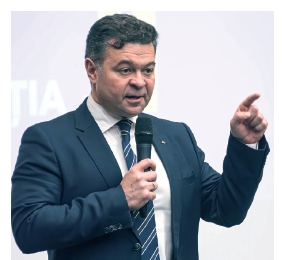The Romanian research system, connected to European reforms

4.Public/private cooperation
The modified Government Ordinance 57/2002 contains important measures intended to stimulate an entrepreneurial research environment. Technology transfer is facilitated by clarifying the property rights to results and intellectual property obtained from publicly funded projects. There is also an important provision regarding the ability of institutes to create innovative start-up businesses with the goal of facilitating technology transfer to the industry.
Another legal change creates the National Council for Development and Innovation, with the mission of creating, implementing and overseeing funding mechanisms for stimulating the collaboration between universities, institutes and private enterprises. Approximately half of its members will be researchers and research managers from the high-tech private sector.
The NASR also supports one of the most important legal initiatives for attracting industrial researchers in Romania: the employee inventions law. This project is meant to clarify, simplify and debureaucratize the relationship between employees and employers, as regards intellectual property.
.jpg)
Conclusion
International statistics indicate a strong correlation between the scientific competitiveness of a country and its economic competitiveness. Of the 10 most competitive economies of the world , 6 are also among the top 10 most productive scientific communities in the world (fig.1). Both rankings are topped by the same two countries: Switzerland and Sweden. The lesson is clear: in a flat world research performance and economic performance go hand in hand, and creativity is the best guarantee of sustainable development and prosperity.

Parerea ta conteaza: 
































 UVT, catalizator al mișcării academice timișorene, își urmează calea spre cunoașterea aprofundată și trecerea către tehnologiile viitorului și ale noilor generațiiUniversitatea de Vest din Timișoara este astăzi cea mai dinamică instituție de învățământ superior din România, o universitate care se...
UVT, catalizator al mișcării academice timișorene, își urmează calea spre cunoașterea aprofundată și trecerea către tehnologiile viitorului și ale noilor generațiiUniversitatea de Vest din Timișoara este astăzi cea mai dinamică instituție de învățământ superior din România, o universitate care se...










